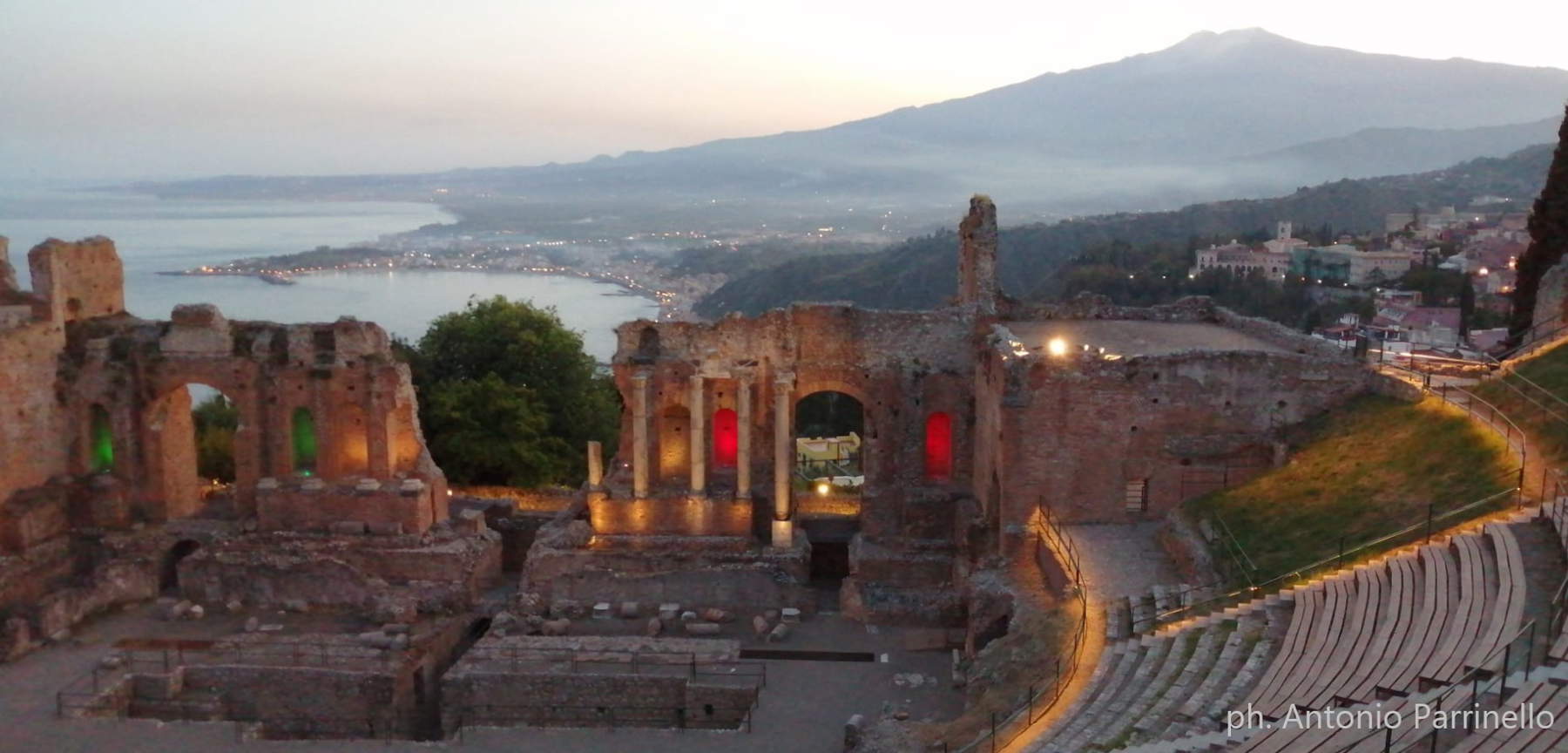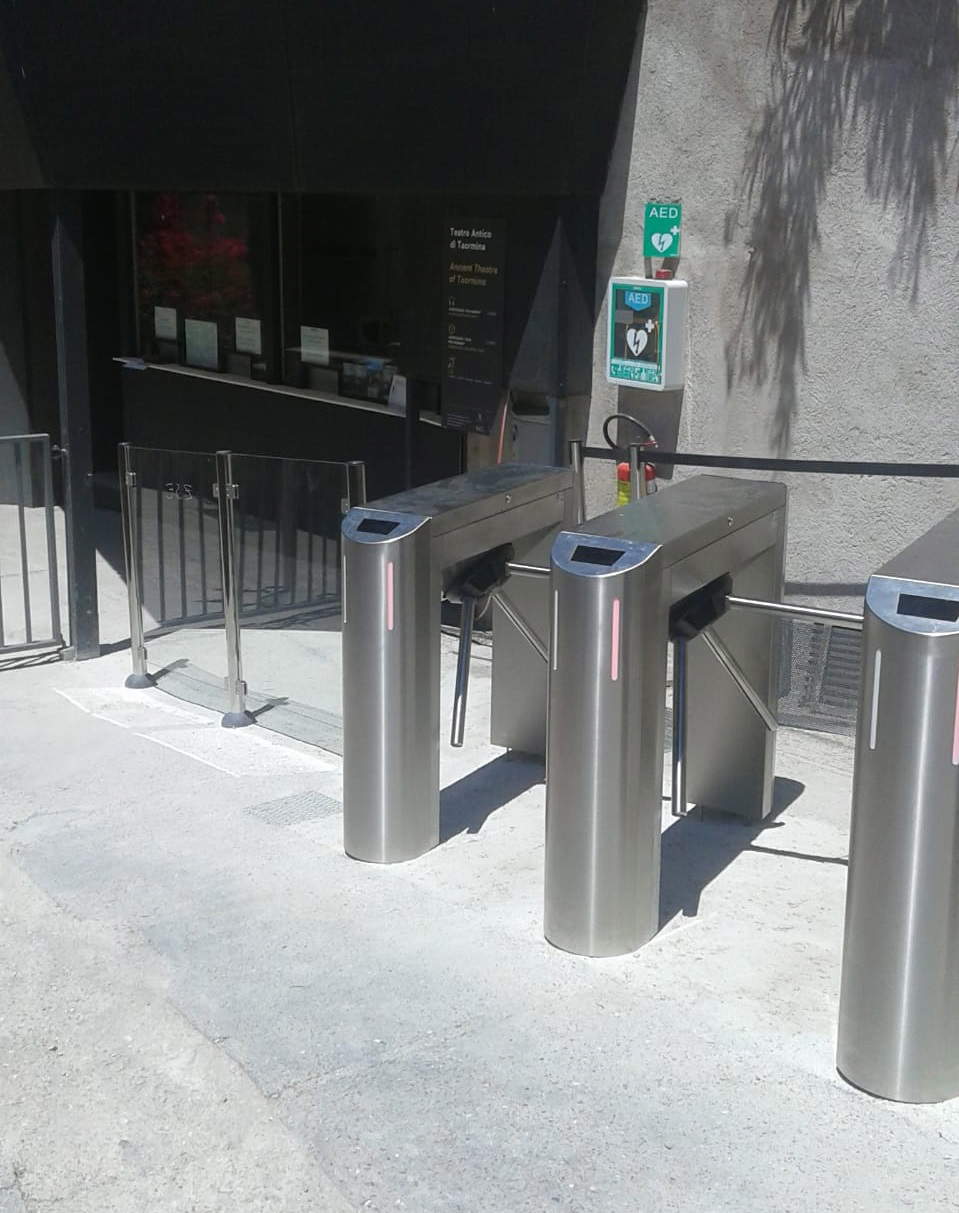Since May 25, Sicilian museums have also reopened, preceded on the 18th by “archaeological parks and outdoor cultural sites.” Only on paper, however. This is stipulated, in fact, by the May 17Ordinance signed by Regional President Nello Musumeci the day before he handed over to Albero Samonà, in League share, the delegation of cultural heritage that he held for over a year.
In reality, however, museums and parks remain closed. We are not surprised. The reasons and difficulties the directors had delivered in the interview with us in early May.
Apart from the unusual choice of both dates, a Monday, a day on which the institutes are closed, those directly concerned, the directors themselves, knew nothing about the decision until the very last: they learned about it from some press anticipation the day before and from the ordinance itself. In the interview they said they had “no disposition on the matter yet.” No in-depth comparisons, such as those between MiBACT’s General Director of Museums Antonio Lampis and state museum directors, useful to calibrate, beyond the May 16 General Guidelines, openings on the specificities of individual institutions. In Sicily, they are still waiting for the indications and devices (masks, thermoscanners, etc.) that the director general of the Department of Cultural Heritage and Sicilian Identity, Sergio Alessandro, wrote to the directors that he would send them. The latter are also waiting to receive the joint protocol from the same director and the unions. But the meeting, previously postponed, was held only today. Not even talking about it, at the sites, signage with anti-covid security measures for users, if it is impossible to access them for the usual reason every year, regardless of the health emergency: the archaeological remains are found engulfed in dense vegetation.
The Guidelines specify that MiBACT museums that are not financially autonomous “will have to consider with extreme caution” to reopen. Those that are understaffed must, instead, remain precisely closed. Sicilian museums are not autonomous and suffer severe staff shortages. But as of the 25th they will reopen. With no prudence required.
 |
| Taormina, Teatro Antico at sunset with tricolor lights. Ph. Credit Antonio Parrinello |
 |
| Naxos Park, Isola Bella |
“We need resources available according to the needs of the directors,” observed the director of the Messina Regional Museum, Orazio Micali, recalling in the interview the April 16 document with proposals for reopening in which he anticipated all, “otherwise how will they be able to decide to sanitize and clean the rooms day by day; purchase the necessary PPE for users and staff; replace and clean air conditioning filters on a continuous basis; adjust risk assessment documents; integrate responsible figures in occupational health safety; collect and remove miscellaneous waste, and so much more?”.
Yep, air conditioning filters. For Sicilian museums, there is this other issue of primary importance on the safety front for visitors and those who work there. It’s “not just” about masks and thermometers. But about buildings that are suffering from years and years of lack of routine maintenance. For the island’s cultural institutes, it’s not just a matter of equipping themselves with temperature measurement instruments, masks or room sanitization, or assessing whether the operation is cost-effective, but of putting their hands from top to bottom on buildings that need major structural work and the overhaul of obsolete systems: not only air conditioning, but also electrical systems, room lighting, environmental parameter control and anti-intrusion. Action needs to be taken on the rainwater and roofing system for rainwater runoff, in museums where it has even come to rain in rooms with masterpieces, as last fall at the Regional Museum of Messina. Elevators that do not work, architectural barriers, toilets that leave something to be desired. And then there are also the arrangements of the collections to be revised, and not infrequently nonexistent signage, which is already a miracle that tourists can find the museum.
The government, which on the one hand wants to reopen, on the other knows the state of the art. And that is why, finally, comprehensive interventions have been planned, financed with as much as 22 million euros. Nine institutes are involved: the archaeological museums of Aidone and Gela, the Orsi of Syracuse, the Antiquarium and the “Pirri Marconi” Museum in the Himera Archaeological Park, the Riso of Palermo; the “Trabia Tallarita” Solfare Museum of Riesi, the Pepoli of Trapani and the Regional Museum of Messina. A prudent, as well as apparently inevitable, prolongation of the closure could provide a once-in-a-lifetime opportunity to proceed expeditiously with bidding and works.
There is, then, also the question of personnel. More supervisory units are needed to monitor compliance with the prescribed measures. MiBACT admits a situation of “very serious current staff shortage” and makes it clear that museums complaining of staff shortages will not be able to reopen. For this reason, Capodimonte closed again after just five days. A condition also shared by Sicilian museums.
 |
| Naxos, along the plateia (grand street), installation of bilingual signage |
 |
| Turnstiles at the Ancient Theater in Taormina |
What, then, would be the “recipe” that made the Presidential Order decide that Sicilian institutes were already ready to reopen on May 25, in compliance with all safety requirements? Not to mention that the guidelines referred to in the document are “only” those developed by the Conference of Autonomous Regions and Provinces, transposed by the state for the entire national territory, including Sicily. Not those detailed by MiBACT, which take into account the measures recommended by the Technical Scientific Committee (CTS) of the Civil Defense and which the Autonomous Region could still have incorporated, perhaps with modifications and additions.
In short, the recipe is unknown to us. The only confirmation is the discriminator between who can distribute and who cannot, which we had identified in the legal status. It is financial and managerial autonomy that marks the difference for the only three archaeological parks that enjoy it: Valley of the Temples, Selinunte and Naxos. In the latter, however, preparations have taken longer than director Gabriella Tigano had told us. On May 18, the gates of the three sites pertaining to the park, Taormina, Isola Bella and Naxos, remained closed. They reopen on the 30th. But while the other regional museums and sites grope in the dark, here as a compass they referred precisely to the anti-covid arrangements provided by the CTS. To access the monuments, therefore, one will have to be equipped with PPE (personal protective equipment, i.e., one’s own gloves and mask); entry will be numbered and by reservation only, managed and regulated according to a precise hourly flow by the concessionaire Aditus, manager of the Park’s ticketing services; at the access gates, temperature will be measured with a thermoscanner; and finally, tickets will be electronic only (with digital QRcode reading). New features of this reopening include turnstiles to distance the public and avoid crowds, while infographics and signs, in addition to indicating the visitor routes, will remind visitors of good practices to avert the risk of possible contagion.
But we are talking about an exception. For MiBACT, “museums are essential public services open to the public,” the Guidelines state, “when they receive from the competent general directorates organization and budget, adequate human and financial resources to guarantee the safety of workers and visitors.” But can we imagine hospitals being shut down and remaining closed because they were left short of “human and financial resources”? In Sicily, more than in the state, museums are essential public services ... depending on how much money is in the till.
Warning: the translation into English of the original Italian article was created using automatic tools. We undertake to review all articles, but we do not guarantee the total absence of inaccuracies in the translation due to the program. You can find the original by clicking on the ITA button. If you find any mistake,please contact us.